Xinghai EIE Studio Presentation
- Marco Bidin & students
The integration of cutting-edge technology in the field of audio and visual interaction has opened up new frontiers for immersive experiences. In this article, we will explore the innovative projects presented by Bin Yuan (Tyler), Zilu Li, and Zheng Yizhong from the Electronic Instrument Engineering students of the Xinghai Conservatory of Music, each of which showcases the potential for transformative experiences in the realm of sound and spatial interaction.
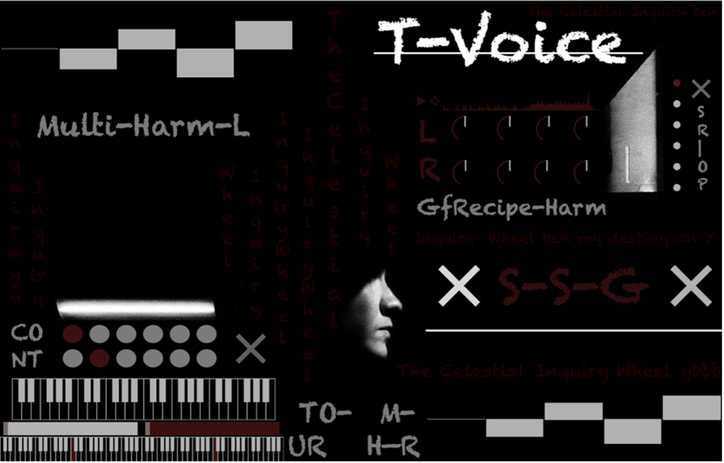
Bin Yuan's T-Voice introduces the 4-channel surround voice effector, leveraging the Classic Vocoder to deliver a truly immersive sound experience. This effector goes beyond conventional audio manipulation, incorporating stutter sounds with stutter effects linked with Grainfloat Reverb to create ethereal effects. The Classic Vocoder plays a pivotal role in altering sound features for tone and volume control, while GrainflowHarmonize provides fine pitch control and harmonics. Moreover, the GrainflowRecipe replays sound, adjusting signals for balanced stereo reverb. The integration of a multi-harmonizer further enhances the stability of input/output signals, utilizing pitch shift for pitch adjustments. Notably, the background music, composed in Ableton Live, employs advanced techniques such as Grain Delay, Glue Compressor, and Reverb to enhance the theme of spiritual reflection and life changes.

Moving on to Zilu Li's Full-Sense Interactive Paint Control System, we encounter an innovative approach that intertwines brush actions with real-time control of MIDI pitch, audio filtering, visual, and precise spatial positioning in surround sound settings. By linking brush colors to sound zones, the system automatically adjusts audio outputs as colors change, thereby enhancing the musical expressiveness of the artwork. The system's support for various brush shapes and sizes empowers users to tailor their artistic expression based on their unique style and technical requirements, thereby enriching the creative process. With five independent channels, each equipped with reverb and filtering capabilities, the system delivers immersive spatial audio effects that elevate the overall artistic experience.
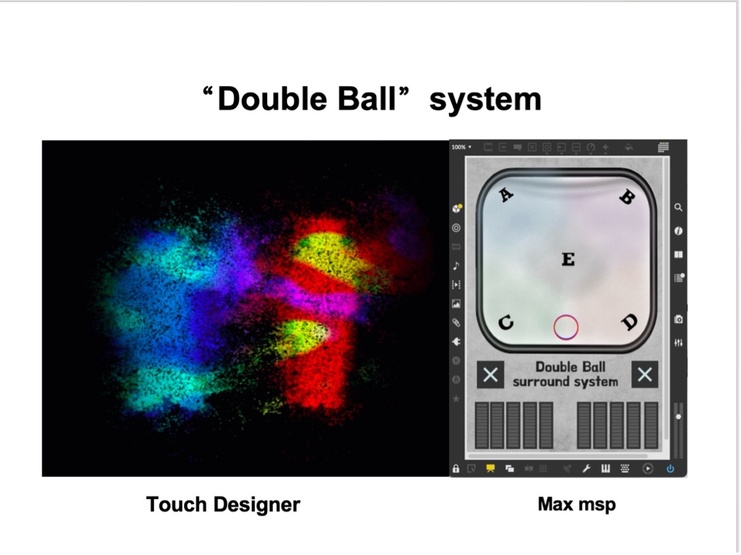
Zheng Yizhong's Interactive twin coordinate displacement device for surround sound represents a significant leap in personalized audio and visual interaction experiences. By capturing the user's coordinate position through Microsoft Azure Kinect and utilizing touch designer software to receive real-time coordinate data, the system sets its capture area to 5 meters in length and 2.5 meters in width. Subsequently, it sends displacement coordinates and bone points to Max MSP through OSC signals, enabling real-motion capture for two-person interaction. This functionality allows the system to track the players and adjust the surround sound output accordingly, resulting in a highly immersive and personalized audio and visual interaction experience.
In conclusion, these pioneering projects exemplify the convergence of technology and creativity, offering a glimpse into the future of immersive sound and spatial interaction. As these innovations continue to evolve, they hold the potential to revolutionize the way we perceive and interact with audio and visual experiences, ushering in a new era of multi-sensory engagement.
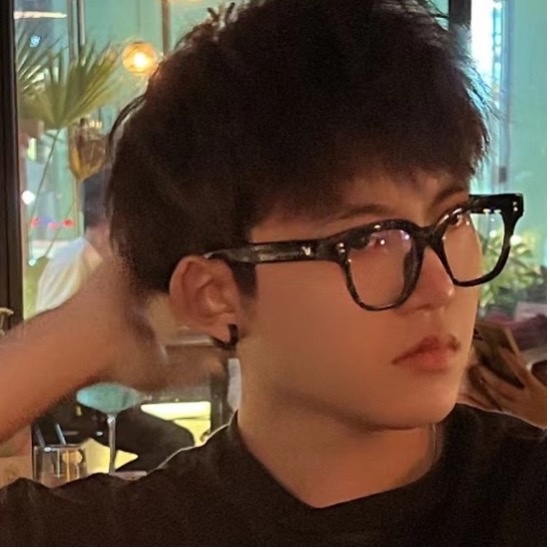
Bin Yuan (Tyler), a Xinghai Conservatory of Music student, specializes in ambient music production. He excels in software synthesizers and uses Max/MSP for sound design. Tyler participated in the 2022 Guangzhou International Musical Instruments Exhibition and was a Brand Ambassador at the 2023 Shanghai International Musical Instruments Exhibition. He presented his sequencer work online at the 2024 IRCAM Forum and performed live at the 2024 Beijing "Exchange Methods" event. Dedicated to exploring new music technology with "Stay hungry, stay foolish.”
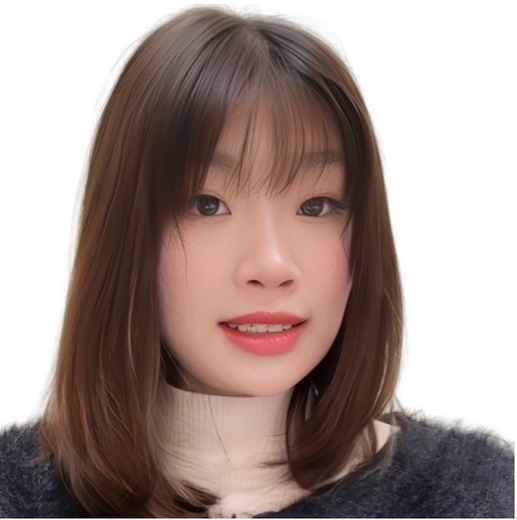
Zilu Li is a Bachelor's student focusing on Music Production and Interactive Design. She was a MIDI Promotion Ambassador at the International Musical Instruments Exhibition in Shanghai (2023), in charge of presentations and demonstrations. She participated several times as a staff member at the Guangzhou International Musical Instruments Exhibition, performing live and presenting interactive art installations.
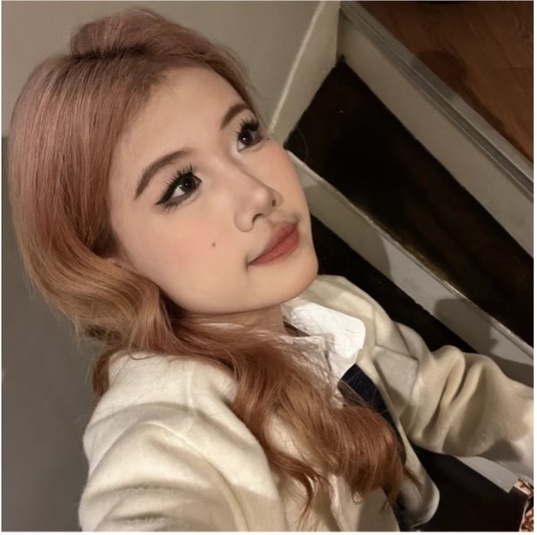
Yizhong Zheng is a student from the Xinghai Conservatory of Music, majoring in electronic musical instrument engineering and interested in interaction design. In March 2023, she presented her original Kontakt sampling plug-in works and lectures at the IRCAM Forum in Paris. In April 2024, she participated in the surround sound production of artworks at the 2024 Italian Biennale and in June in the Beijing Synthesizer Communication Works Exhibition. She participated in the Shanghai International Musical Instrument and Guangzhou Musical Instrument Exhibition. Yizhong focuses on creating innovative works and developing new technologies.
Panel coordinator: Prof Marco Bidin.
EIE PRESENTATION SUPERVISORS
Prof Hao Yinan, Deputy Director of the Department of Musical Instrument Engineering.
Mr Wu Zhou, EIE Studio director.
EIE at Xinghai Conservatory of Music
The Electronic Instrument Engineering Department was established in 2016. It is the youngest department of the Department of Musical Instrument Engineering of Xinghai Conservatory of Music and began its activities in the same year. In the context of most of the country's electronic musical instrument manufacturing enterprises located in Guangdong, the birth of electronic musical instrument design and research and development is inevitable. After unremitting efforts in recent years, the department's teaching and scientific research have gradually embarked on a standardised, systematic, and scientific development stage. The professional teaching and research department's main courses currently include digital synthesisers, sound effects, sampling, MIDI controllers, sequencers, hardware design and production, interactive apps, art installations, and prototype design. The Xinghai Conservatory of Music is a higher music education institution in Guangzhou City, Guangdong Province, China. It is named after the famous composer Xian Xinghai and was established in 1932 by the composer Ma Sicong as the Guangzhou Conservatory of Music.
https://yqgc.xhcom.edu.cn/index.jsp?urltype=tree.TreeTempUrl&wbtreeid=1001